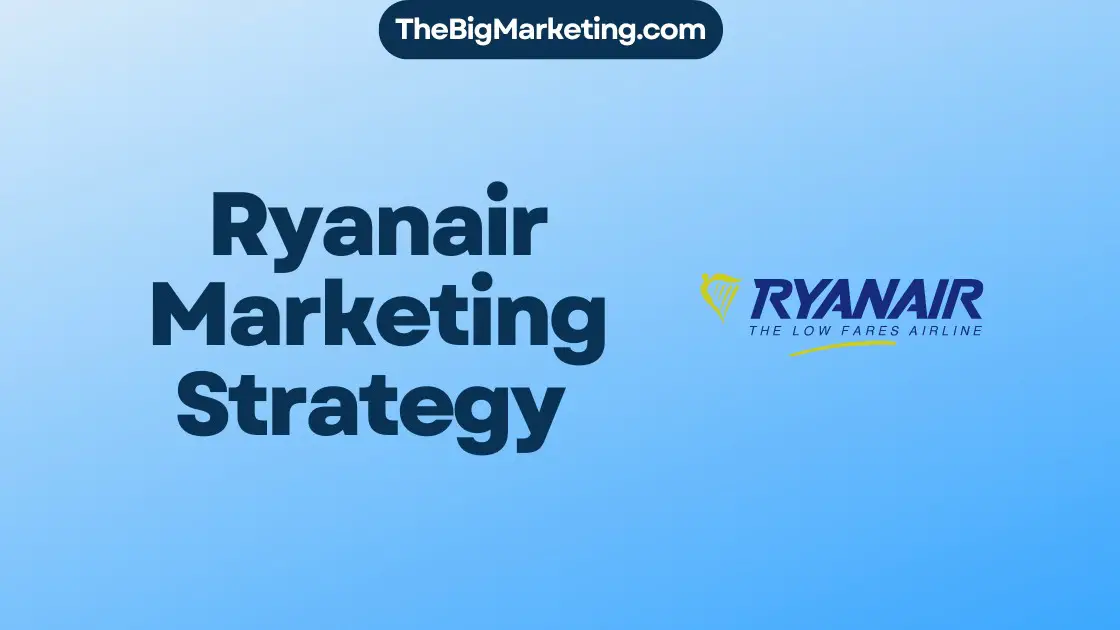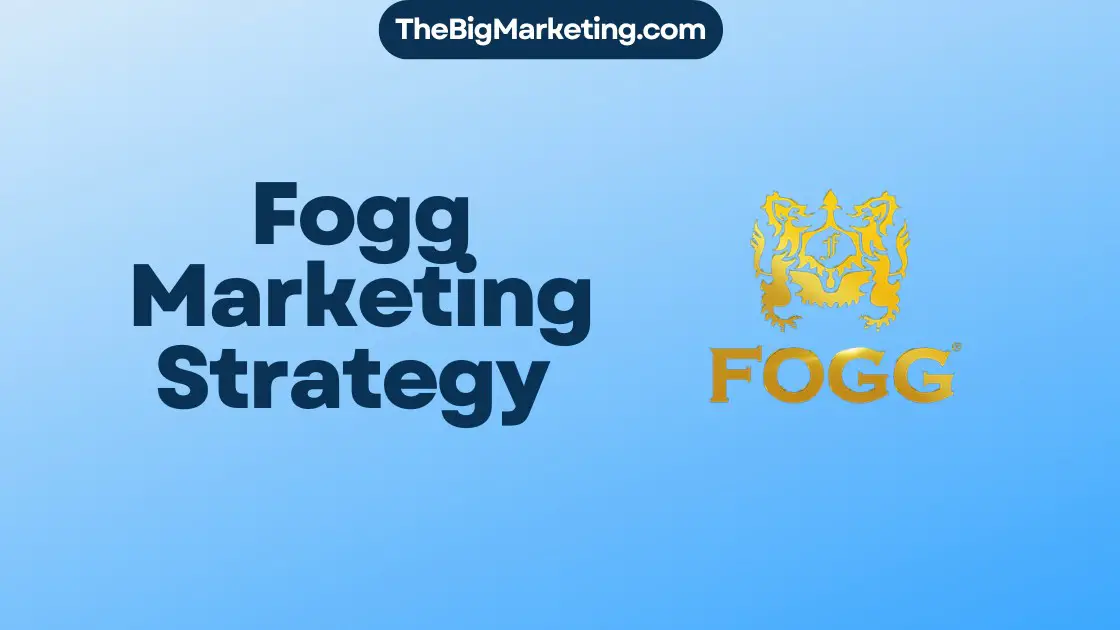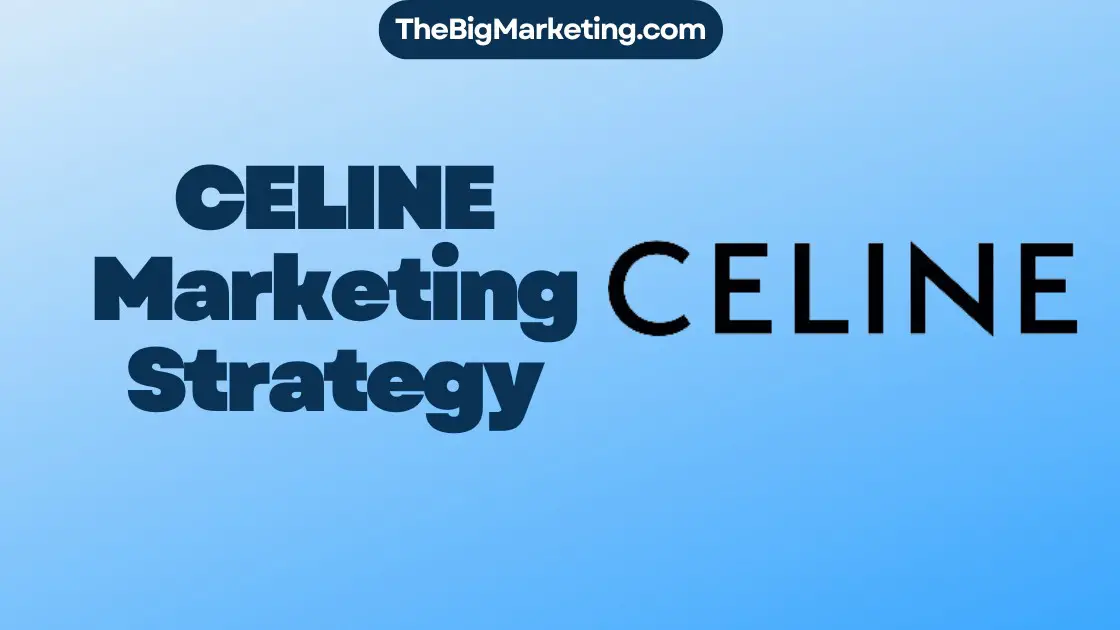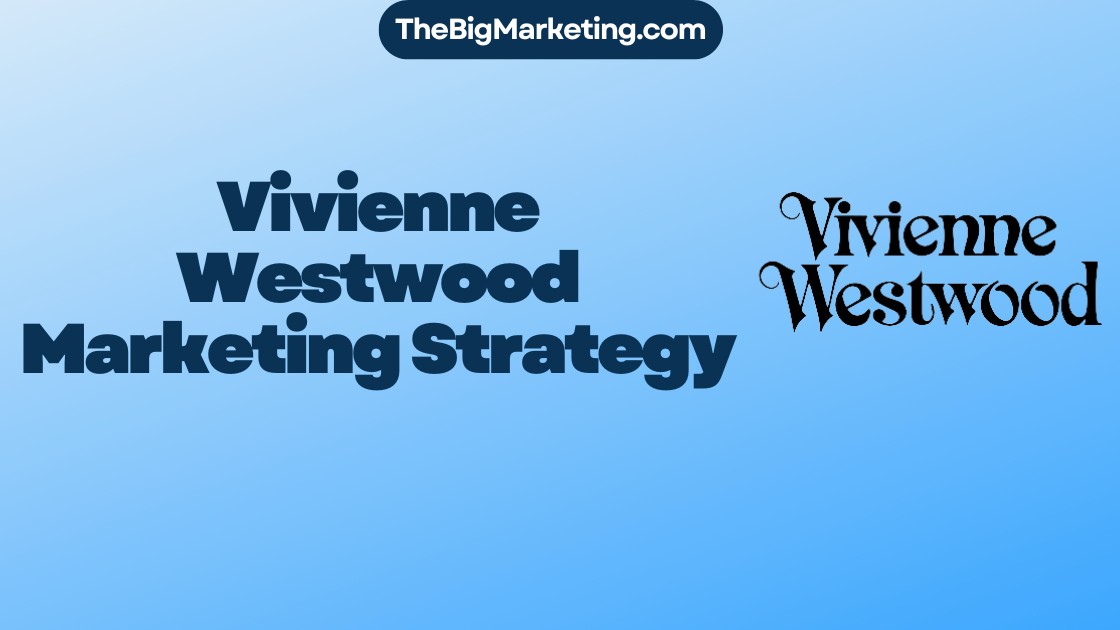Welcome to our in-depth analysis of ING Group’s marketing strategy. As one of the world’s largest banks, ING has successfully positioned itself in the highly competitive financial services industry through its innovative and customer-centric approach. In this case study, we will delve into the key elements that have contributed to ING’s marketing success, including its focus on digital marketing, global branding, customer engagement, market analysis, competitive positioning, and strategic planning.
Key Takeaways:
- ING Group’s marketing strategy emphasizes digital innovation and customer engagement.
- The company utilizes market analysis and strategic planning to stay ahead of the competition.
- Global branding plays a crucial role in ING’s marketing campaigns and competitive positioning.
- ING Group’s marketing approach aligns with current industry trends and preferences.
- Through segmentation, targeting, and positioning, ING offers unique and tailored financial services to its diverse customer base.
Company Overview of ING Bank
ING Bank, also known as the International Netherlands Group, is a Dutch multinational banking and financial services corporation headquartered in Amsterdam. It was formed in 1991 through the merger of Dutch insurance company Nationale-Nederlanden and national postal bank NMB Postbank Group.
As one of the world’s largest banks, ING Bank consistently ranks among the top 30 largest banks globally. Under the leadership of its Chairman and CEO, Steven Van Rijswijk, ING Bank has established itself as a prominent player in the financial industry.
With its headquarters in Amsterdam, ING Bank operates as a leading financial institution, providing a wide range of banking services to individuals, businesses, and institutional clients. The bank offers services including retail banking, investment banking, commercial banking, insurance banking, and asset management.
Key Highlights:
- Dutch Multinational Banking: ING Bank is a prominent Dutch multinational banking and financial services corporation.
- Headquartered in Amsterdam: The bank’s headquarters are located in Amsterdam, Netherlands.
- Formation of ING: ING Bank was formed through the merger of Dutch insurance company Nationale-Nederlanden and national postal bank NMB Postbank Group in 1991.
- Largest Banks: ING Bank consistently ranks among the top 30 largest banks globally.
| Key Information | Description |
|---|---|
| Company Name | ING Bank |
| Industry | Banking and Financial Services |
| Headquarters | Amsterdam, Netherlands |
| Formation | 1991 |
| CEO | Steven Van Rijswijk |
| Services | Retail Banking, Investment Banking, Commercial Banking, Insurance Banking, Asset Management |
| Ranking | Consistently among the top 30 largest banks globally |
ING’s Segmentation, Targeting, and Positioning
ING employs a comprehensive marketing strategy that is centered around effective segmentation, precise targeting, and strategic positioning. The company’s offerings span across various financial sectors, including retail banking, direct banking, private banking, wholesale banking, investment banking, commercial banking, insurance banking, and asset management. By catering to the diverse needs and preferences of different customer segments, ING positions itself as a provider of unique and tailored financial services.
Segmentation is a crucial aspect of ING’s marketing strategy. The company carefully divides its target audience into distinct segments based on factors such as demographics, psychographics, and behavior. This allows ING to identify and understand the specific needs and preferences of each segment, enabling the development of targeted marketing campaigns and personalized financial solutions.
Through precise targeting, ING ensures that its marketing messages reach the right audience. By leveraging extensive market analysis and customer insights, the company identifies the most relevant segments to engage with. This enables ING to allocate its resources effectively and deliver tailored marketing messages to the target audience, increasing the chances of engagement and conversion.
Positioning is another essential component of ING’s marketing strategy. The company strategically positions itself as a provider of unique and innovative financial services. By emphasizing its various offerings in retail banking, direct banking, private banking, wholesale banking, investment banking, commercial banking, insurance banking, and asset management, ING differentiates itself from competitors and establishes its brand as a trusted and versatile financial partner.
ING’s Services
| Financial Sector | Services Offered |
|---|---|
| Retail Banking | Checking accounts, savings accounts, mortgages, personal loans |
| Direct Banking | Online banking, mobile banking, e-wallets |
| Private Banking | Wealth management, investment advisory |
| Wholesale Banking | Corporate lending, trade finance |
| Investment Banking | Mergers and acquisitions, underwriting services |
| Commercial Banking | Business loans, cash management services |
| Insurance Banking | Life insurance, property insurance, liability insurance |
| Asset Management | Investment funds, portfolio management |
Through efficient segmentation, precise targeting, and strategic positioning, ING ensures that its marketing efforts resonate with its target audience, driving customer engagement and loyalty. By offering unique services in various financial sectors, ING has established itself as a trusted and versatile financial institution.
ING’s Marketing Campaigns
ING Bank is known for its impactful marketing campaigns that resonate with its target audience. At the heart of these campaigns is the global tagline, “Do your thing,” which encapsulates the brand’s commitment to empowering people to pursue their passions.
The “Do your thing” slogan serves as a powerful brand positioning strategy, challenging traditional banking stereotypes and inviting individuals to break free from the status quo. By emphasizing personal empowerment, ING Bank establishes itself as a partner in its customers’ personal and professional journeys.
Over the years, ING has launched innovative marketing campaigns that incorporate elements such as animations and arts to engage and captivate its diverse customer base. These creative campaigns not only showcase the unique offerings of ING Bank but also create a memorable brand experience for customers.
One of ING’s key marketing objectives is to build strong brand name recognition. The company leverages its logo and sponsorship programs to increase awareness and engagement. By associating itself with high-profile events and initiatives, ING reinforces its presence in the market and solidifies its brand reputation.
To better understand the impact of ING’s marketing campaigns, let’s take a look at one of their recent campaigns:
The “Empowering Entrepreneurs” Campaign
A recent ING campaign titled “Empowering Entrepreneurs” aimed to inspire and support small businesses and aspiring entrepreneurs. The campaign featured real-life success stories of entrepreneurs who have achieved their goals with the help of ING Bank’s financial solutions.
Through a series of captivating videos and compelling narratives, the campaign highlighted the challenges faced by these entrepreneurs and how they overcame them with ING’s assistance. By sharing these stories, ING aimed to inspire confidence in its target audience and position itself as a trusted partner in their entrepreneurial journeys.
Accompanied by vibrant visuals and powerful testimonials, the “Empowering Entrepreneurs” campaign showcased ING’s commitment to providing financial solutions that enable individuals to unleash their full potential.
The “Empowering Entrepreneurs” campaign exemplifies ING’s dedication to not only promoting its offerings but also empowering customers to achieve their dreams. By humanizing its brand and showcasing real-life success stories, ING establishes an emotional connection with its audience and fosters loyalty.
Through its marketing campaigns, ING Bank has successfully positioned itself as a financial institution that goes beyond traditional banking and actively supports its customers in pursuing their passions. By leveraging the “Do your thing” philosophy and creating engaging, visually appealing campaigns, ING continues to reinforce its brand presence and resonate with its target audience.
| Campaign Name | Key Message | Elements |
|---|---|---|
| Empowering Entrepreneurs | Supporting small businesses and aspiring entrepreneurs | Videos, narratives, testimonials |
| Break Barriers | Encouraging individuals to pursue their dreams without limitations | Interactive website, user-generated content |
| Future Leaders | Nurturing the next generation of business leaders | Scholarship programs, mentorship initiatives |
ING’s SEO Strategies
ING has implemented a strong SEO strategy to enhance its digital marketing efforts and maintain a competitive edge in the financial services industry. With over 51,192 organic keywords, ING’s SEO strategy is effective in driving targeted traffic to its website and increasing brand visibility in search engine results.
By focusing on organic keywords, ING ensures that its website ranks highly in Google’s organic SERP rankings, making it more likely for online users to discover and engage with the brand. This strong SEO strategy has resulted in an impressive monthly traffic of over 600,000 visits to the ING website.
One of the key components of ING’s SEO strategy is its emphasis on creating high-quality and relevant content. By regularly producing informative and engaging content, ING increases its chances of ranking higher in search results and attracting organic traffic.
In addition to content creation, ING leverages other digital marketing techniques, including link building, on-page optimization, and technical SEO, to further maximize its online visibility. By employing a holistic approach to SEO, ING ensures that its brand remains prominent and competitive in the ever-evolving digital landscape.
Overall, ING’s strong SEO strategy is a testament to its commitment to digital marketing excellence. By leveraging organic keywords, optimizing website content, and prioritizing a strong online presence, ING continues to drive traffic and maintain its position as a leader in the financial services industry.
| Monthly Traffic | Organic Keywords |
|---|---|
| 600,000+ | 51,192+ |
ING’s Social Media Marketing
ING actively engages in social media marketing across various platforms, including Facebook, LinkedIn, Twitter, and Instagram. With a strong social media presence, the company has amassed over 416k followers on LinkedIn alone.
Through these platforms, ING strategically shares educational, promotional, and informational content to foster engagement with its target audience. For example, the company publishes interviews and videos that provide insights into the financial services industry.
By maintaining an active and engaging social media presence, ING effectively connects with its audience, reinforces its brand image, and builds long-term brand loyalty.
- Facebook: ING leverages its Facebook page to connect with customers, share updates, and foster engagement.
- LinkedIn: With over 416k followers on LinkedIn, ING actively shares thought leadership content, job postings, and industry insights.
- Twitter: ING utilizes Twitter to share real-time updates, news, and engaging content to keep its followers informed.
- Instagram: ING’s Instagram account showcases its brand personality, utilizing visuals to connect with its audience and promote its products and services.
Engaging Content and Community Building
ING’s social media strategy focuses on creating engaging content that resonates with its target audience. By developing content that educates, informs, and entertains, ING establishes itself as a valuable resource in the financial industry.
The company actively interacts with its audience by responding to comments, addressing inquiries, and acknowledging customer feedback. This two-way communication strengthens customer relationships and enhances brand loyalty.
Furthermore, ING initiates community-building activities on its social media platforms. Through relevant industry discussions, Q&A sessions, and collaborative initiatives, ING fosters a sense of belonging among its followers, positioning itself as a trusted partner in their financial journey.
Building Brand Trust and Credibility
ING’s social media marketing efforts contribute to building brand trust and credibility. By consistently delivering valuable content and addressing customer concerns, the company establishes itself as an authoritative and reliable source in the financial services industry.
Through its social media platforms, ING showcases its expertise, industry partnerships, and customer success stories. This transparent and authentic approach further enhances the company’s reputation and fosters trust among its audience.
| Platform | Followers | Engagement |
|---|---|---|
| 500k+ | High | |
| 416k+ | Active | |
| 300k+ | Interactive | |
| 200k+ | Visual |
ING’s E-commerce Strategies
ING recognizes the importance of e-commerce in providing seamless online banking services to its customers. The company has implemented strategic initiatives to optimize its website and enhance the overall user experience for online banking.
Enhanced Website Experience
ING’s user-friendly website allows customers to access detailed information about the products and services offered across various banking sectors, including private, corporate, and investment banking. The website’s intuitive design and navigation make it easy for customers to explore and find the information they need.
Convenient Bank Account Opening
Through its e-commerce strategies, ING has streamlined and simplified the bank account opening process. Customers can now open a bank account online, eliminating the need for in-person visits or lengthy paperwork. This digital convenience saves time for customers and enhances their overall banking experience.
Commitment to Corporate Social Responsibility
ING places a strong emphasis on corporate social responsibility (CSR) and sustainability. Through its e-commerce platform, ING educates customers about its CSR initiatives and highlights its commitment to environmental conservation. By integrating CSR into its e-commerce strategies, ING demonstrates its dedication to creating a positive impact on society.
Overall, ING’s e-commerce strategies have enabled the company to provide convenient and accessible banking services to its customers. The user-friendly website, streamlined account opening process, and commitment to corporate social responsibility contribute to a seamless online banking experience.
ING’s Mobile Apps
As a leader in the banking industry, ING understands the importance of providing convenient and accessible banking services to its customers. That’s why ING offers a mobile app that allows users to easily manage their online banking activities anytime, anywhere. The ING mobile app is available for download on various devices, including iPhones, iPads, iPods Touch, Android mobile, and Blackberry, ensuring compatibility with a wide range of smartphones and tablets.
With the ING mobile app, customers can activate their accounts seamlessly, eliminating the need to visit a physical branch. This account activation process can be done directly through the app, providing a hassle-free onboarding experience for new users. Once activated, customers can access a range of features and functionalities within the app, empowering them to take control of their finances.
Efficient Mobile Banking
Mobile banking has revolutionized the way customers manage their finances, and ING’s mobile app is designed to enhance this experience further. Users can conveniently perform various transactions, such as transfers between accounts and bill payments, directly from their smartphones or tablets. Whether you need to transfer funds to a family member or pay your utility bills, the ING mobile app simplifies these tasks with just a few taps.
One of the key benefits of the ING mobile app is its user-friendly interface, making it easy for customers to navigate and access the services they need. The app provides a seamless and secure environment for online transactions, ensuring the safety of your personal and financial information.
Convenience and Accessibility
ING understands that customers lead busy lives, and the mobile app offers a solution that fits seamlessly into their daily routines. The convenience of mobile banking allows users to check their account balances, review transaction history, and even set up personalized notifications for important updates.
Additionally, the ING mobile app empowers users to make informed financial decisions. With real-time access to account information, customers can stay up to date on their finances and track their spending habits. This level of visibility and control helps users make smart financial choices and achieve their financial goals.
Overall, the ING mobile app enhances the customer experience by providing convenience, accessibility, and a host of features that cater to customers’ banking needs. It exemplifies ING’s commitment to digital innovation and customer-centric services, ensuring that users have a seamless and efficient banking experience at their fingertips.
Features of the ING Mobile App
| Features | Description |
|---|---|
| Account Activation | Users can activate their accounts directly through the app, eliminating the need to visit a physical branch. |
| Transfers | Customers can easily transfer funds between their ING accounts or to other external accounts. |
| Bill Payments | Users can conveniently pay their bills, such as utilities, credit cards, and loans, directly from the app. |
| Balance Inquiry | Customers can check their account balances in real-time, keeping track of their financial status. |
| Transaction History | Users have access to their transaction history, allowing them to review past activities and monitor their spending. |
| Personalized Notifications | Customers can set up customized alerts and notifications for important updates regarding their accounts. |
ING’s Content Marketing Strategies
ING recognizes the power of content marketing in providing valuable information, business insights, and motivational content to its customers. As part of its comprehensive marketing approach, ING maintains a dedicated blog and article section on its website. Here, customers can access a wealth of industry news, press releases, and informative articles that keep them informed and engaged.
ING’s content marketing initiatives go beyond merely providing information. The company aims to establish credibility and expertise in the financial services industry, positioning itself as a trusted advisor. By consistently delivering relevant and engaging content, ING nurtures customer relationships and fosters trust, which is vital in the financial sector.
Through its blog articles, newsroom updates, and press releases, ING demonstrates its commitment to transparency and thought leadership. The content covers a wide range of topics, including market trends, industry analysis, and financial tips. By providing valuable insights and useful information, ING empowers its customers to make informed decisions about their financial well-being.
One notable aspect of ING’s content marketing strategy is its focus on credibility reports, which provide customers with comprehensive reports on various financial topics. These reports, backed by thorough research and analysis, showcase ING’s expertise and commitment to delivering accurate and reliable information.
Overall, ING’s content marketing strategies not only serve as a valuable resource to customers but also contribute to the company’s brand reputation and customer loyalty. By continuously delivering high-quality content, ING positions itself as a trusted partner in guiding customers towards their financial goals.
ING’s Content Marketing Strategy Overview
| Content Marketing Elements | Key Objectives | Implementation Strategies |
|---|---|---|
| Blog Articles | Provide valuable information and insights | Regularly publish articles on relevant financial topics, featuring expert opinions and analysis |
| Newsroom Updates | Keep customers informed about company updates | Share press releases, corporate news, and announcements in a timely manner |
| Press Releases | Showcase ING’s thought leadership and industry expertise | Issue press releases on major company announcements, market trends, and financial reports |
| Credibility Reports | Provide comprehensive and reliable financial information | Create and distribute reports on various financial topics, backed by thorough research and analysis |
By utilizing these content marketing strategies effectively, ING strengthens its brand positioning, increases customer engagement, and establishes itself as a trusted authority in the financial services industry.
Conclusion
ING Group’s marketing strategy is a testament to the power of digital innovation, customer engagement, and strategic planning in the financial services industry. By effectively segmenting, targeting, and positioning their offerings, ING has been able to provide unique services that cater to the diverse needs of their customer base. Their marketing campaigns, SEO strategies, social media marketing, e-commerce initiatives, mobile apps, and content marketing have all played a significant role in positioning ING as a leader in the market.
With a customer-centric approach and a commitment to staying ahead of marketing trends, ING has managed to thrive in the global marketplace. Their digital innovation and adaptability to the evolving digital landscape have allowed them to effectively engage with their customers and provide them with the convenience and accessibility they desire.
As ING Group continues to grow and expand its reach, their strategic planning and emphasis on customer engagement will remain at the core of their marketing efforts. By keeping a pulse on the latest marketing trends and constantly seeking new ways to connect with their target audience, ING is well-positioned for long-term success in the ever-changing financial services industry.







